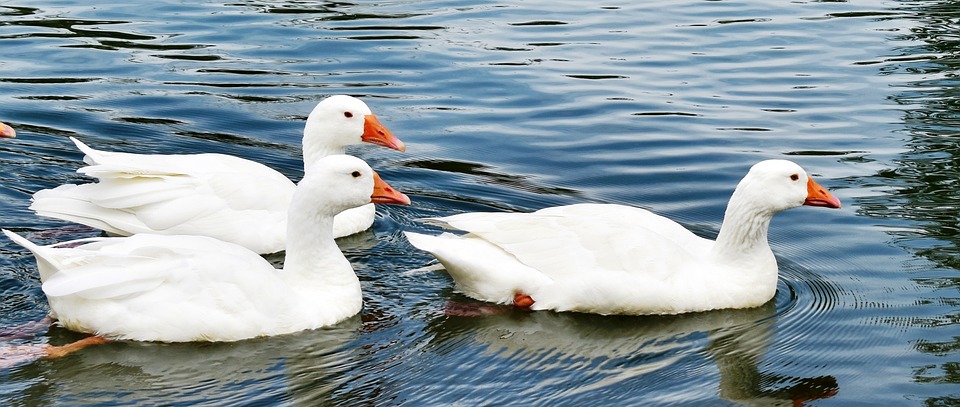**Unlocking the Secrets to Healthy and Happy Fish**
As an avid fish lover and a knowledgeable SEO expert, I understand the importance of maintaining the health and well-being of your aquatic companions. One crucial aspect of fish care is providing them with a safe and clean environment to thrive in. In this article, I will guide you through the proper use of fish tank dechlorinators, shedding light on this essential product to ensure the water in your tank is safe and free from harmful chemicals. So, let’s dive in!
**Understanding the Role of Dechlorinators**
Chlorine is commonly used in tap water to eliminate harmful bacteria and pathogens. However, while it serves its purpose in human consumption, it can be detrimental to fish and other aquatic organisms. Dechlorinators, also known as water conditioners, are additives designed to neutralize chlorine and chloramine, making the water safe for your fish.
**Choosing the Right Dechlorinator**
Selecting the appropriate dechlorinator is vital for the health of your fish. Consider the following factors when making your choice:
1. **Type of Dechlorinator**: Dechlorinators are available in various forms, including liquid, granules, and tablets. Choose the type that suits your preference and tank size.
2. **Removal of Chloramines**: Ensure the dechlorinator you choose effectively neutralizes both chlorine and chloramine, as some products may only target chlorine.
3. **Additional Water Conditioners**: Some dechlorinators also offer benefits such as stress coat, slime coat protection, or ammonia removal. Evaluate your fish’s specific needs and select a product that caters to them.
**Using Dechlorinators Safely and Effectively**
Now that you have chosen the right dechlorinator for your fish tank, it’s time to learn how to use it properly to achieve safe and healthy water conditions. Follow these steps for optimal results:
1. **Read the Instructions**: Carefully read the product instructions provided by the manufacturer. Different dechlorinators may have varying usage guidelines.
2. **Preparing the Water**: Before adding the dechlorinator, fill a clean bucket with the required amount of tap water. Ensure the water temperature matches that of your tank to avoid shocking your fish.
3. **Measuring the Dechlorinator**: Use a measuring cup or the provided dropper to add the correct amount of dechlorinator to the water. Follow the manufacturer’s recommended dosage based on the volume of water you’re treating.
4. **Mixing Thoroughly**: Stir the water briskly to ensure the dechlorinator is evenly distributed throughout the bucket. This will help in neutralizing chlorine and chloramine effectively.
5. **Treating the Water**: Gently pour the treated water into your fish tank, avoiding any sudden splashes that may startle or stress your fish.
6. **Testing the Water**: After adding the treated water, use an aquarium water test kit to check the chlorine and chloramine levels. This will help you ensure the dechlorinator worked effectively and the water is safe for your fish.
**Frequently Asked Questions (FAQs)**
*Q1: Can I use dechlorinators for saltwater aquariums?*
A1: Yes, dechlorinators can be used for both freshwater and saltwater aquariums. However, ensure the product you choose is suitable for marine environments.
*Q2: How often should I add dechlorinator to my fish tank?*
A2: Dechlorinators should be used every time you add tap water to your fish tank, whether during regular water changes or topping off evaporated water. It is essential to treat the new water to maintain a safe environment for your fish.
*Q3: Can I overdose my fish tank with dechlorinator?*
A3: While it is crucial to follow the dosing instructions provided by the manufacturer, slight overdosing is generally not harmful to fish. However, consistently using excessive amounts of dechlorinator can disrupt the balance of your aquarium and negatively impact your fish’s health.
*Q4: Can I use dechlorinators to remove other chemicals or heavy metals from tap water?*
A4: Dechlorinators primarily target chlorine and chloramine. While some products may have limited capabilities to neutralize other chemicals or heavy metals, it is advisable to use specific water treatment products designed for those purposes.
With these insights on using fish tank dechlorinators, you can now ensure a safe and healthy aquatic environment for your fish. Remember to choose the right dechlorinator for your needs, follow the instructions diligently, and regularly test your water to maintain optimal conditions. Happy fish keeping!









